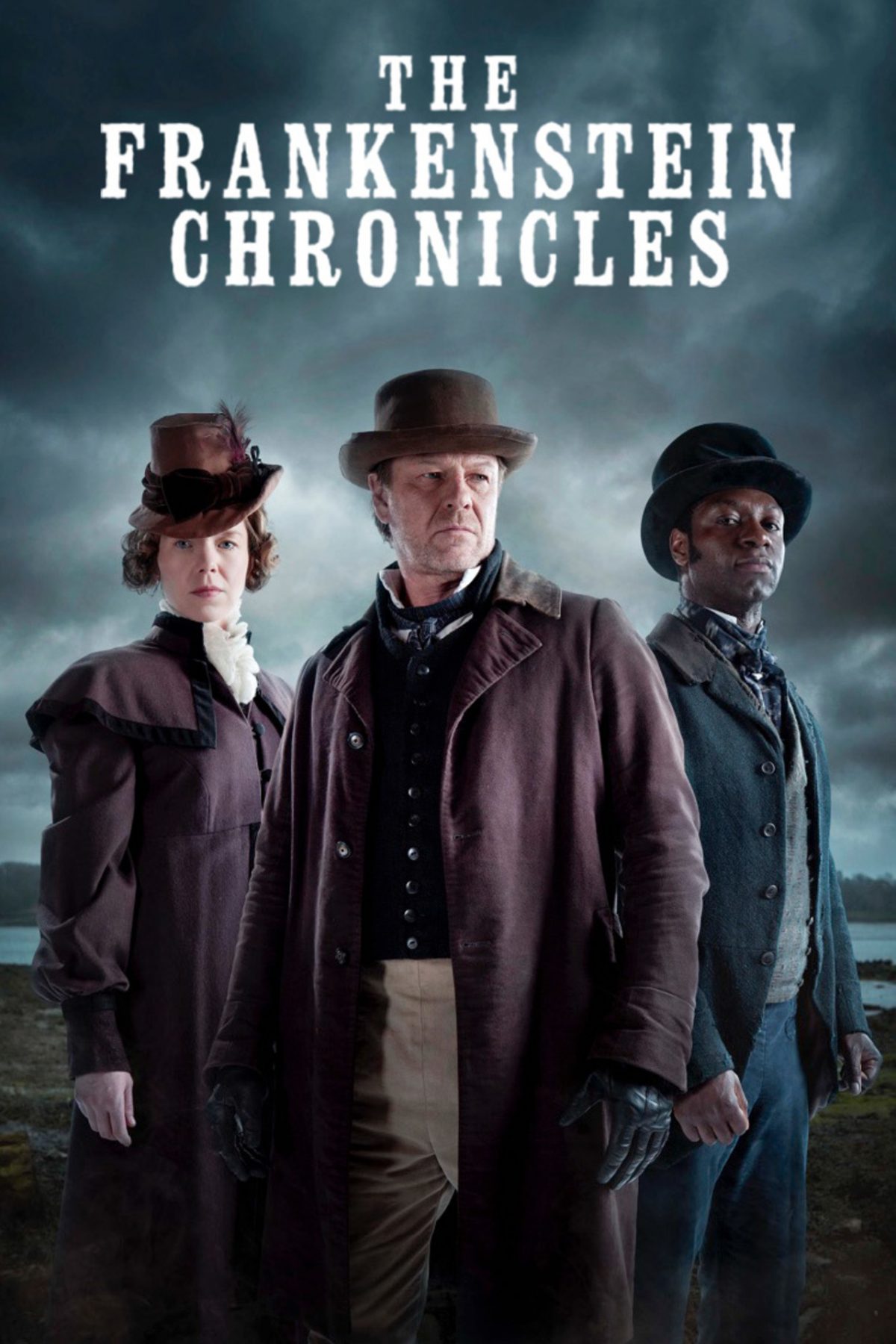by Bryan & Heather
Recently, when looking for our next series to watch, we decided to dust off an old fixture of Heather’s Netflix list: The Frankenstein Chronicles. I don’t really know what we were expecting; we just knew that it was some kind of Gothic horror-inspired show featuring the redoubtable Sean Bean as its lead; good enough for us! What we found was a gorgeous late Georgian detective show mixed with just enough hints of the supernatural to keep you guessing.
The Frankenstein Chronicles is set in 1830s London, just as the old leadership of the Napoleonic Wars is making way for the upstarts that will dominate the opening of the Victorian period. Destined to one day become Prime Minister and found London’s first professional police force, Sir Robert Peel is in the midst of supporting the Anatomy Bill, which will put grave robbers out of business and provide more bodies for the burgeoning medical profession to practice on and teach with. When John Marlott (Sean Bean), a detective with the River Police, discovers a washed up child’s corpse that appears to have been sewn together from multiple bodies, the future of the Act is called into question as Marlott attempts to ascertain just what sort of monster lurks in London’s underworld.
The Frankenstein Chronicles masterfully interweaves its noir-esque detective drama with the larger political and social narratives of 1830s London and Britain in general. It’s material culture is impeccable, not just in costuming but in architecture, from the neoclassical edifices of Parliament to the muddy, decaying neighborhoods of London’s poor. Indeed, the two are often placed intentionally in contrast, as the machinations of the elite care nothing for the nameless souls ground up in their cogs. As with anything related to Frankenstein, of course, there exists the theme of science versus religion, man versus God. In fact, Mary Shelley herself is a minor character in the show’s first season. Rather than the show’s events serving as inspiration, however, The Frankenstein Chronicles takes place nearly fifteen years after Shelley published her seminal novel, a welcome reversal that introduces the prospect of a copycat, whether killer or scientist.
Unfortunately we cannot discuss much more of this wonderful show without giving away major spoilers for its plot, but suffice to say that we were thoroughly entertained by its twists and turns. We cannot recommend it highly enough, both for its story and for its evocation of the era.
